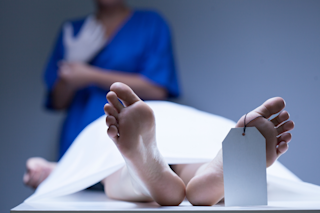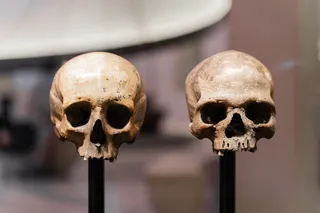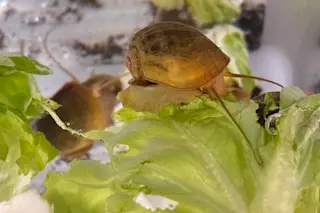One year ago, an audience gathered in a hotel ballroom in Portland, Oregon. Some had paid as much as $500 to gain entrance. They watched as an instructor cut into a cadaver, and removed and disposed of its organs.
The body on the table was a World War II and Korean War veteran who had died two months earlier from COVID-19. He had intended to donate his body to Louisiana State University, but the school refused the donation due to the infection. So, a nearby funeral home offered his wife a list of other organizations that facilitated whole-body donations with research institutions.
Her chosen company, Med Ed Labs in Las Vegas, accepted the body and then sold it for $10,000 to Death Science. As described above, Death Science hosted a “cadaver dissection class” — an event that the widow later told reporters was not what she intended. She thought she ...















